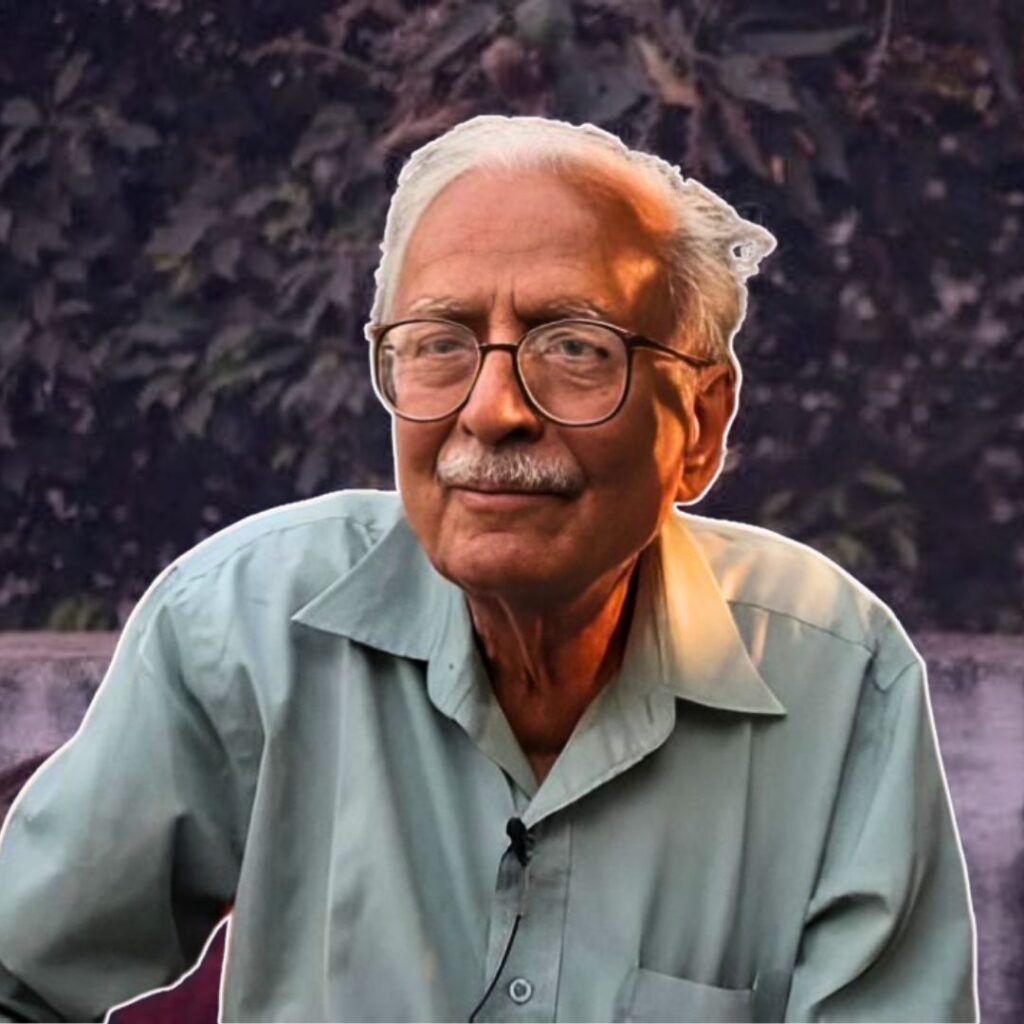The Indian Army has amended the rules of engagement along the Line of Actual Control (LAC) with China, empowering field commanders to allow the use of firearms under ”extraordinary” circumstances.
Under the previous rules of engagement based on the agreements signed in 1996 and 2005, neither side could open fire on the other. The two countries had also agreed not to use explosives or firearms within two kilometres of either side of the LAC.
The changes come within a week after the violent clash between the Indian and the Chinese troops on June 15 in eastern’s Ladakh’s Galwan Valley where India lost 20 of its brave hearts. After the violent face-off, Prime Minister Narendra Modi had said that the Army has been given full freedom to tackle the on-ground situation.
Indian troops were attacked with iron rods, nail-studded clubs and rocks wrapped in barbed wire in the fight near Patrol Point 14 – a standpoint in Indian territory that overlooks Chinese positions on their side of the LAC.
In response to the Indian Army’s fresh rules for using firearms, Hu Xijin, the Editor-in-Chief of the Chinese government’s mouthpiece Global Times tweeted, ‘If true, this is a serious violation of the agreement, & the Indian side will pay a heavy price for any such action.’
The aggressive and deadly clashes were the worst in 45 years.
The incident also triggered a massive political storm with Congress leaders Sonia Gandhi and Rahul Gandhi questioning the government over possible intelligence failures in the build-up to the clash.
Ahead of Friday’s all-party meeting Sonia Gandhi asked: ‘Did military intelligence not alert the government about the intrusion and build-up of massive forces along the LAC…?’
Rahul Gandhi referred to PM Modi as ‘Surender Modi’, pointing to satellite images that showed that China had ‘captured Indian territory near Pangong Lake’.
A day after the brutal clash between the two armies, Prime Minister Modi had said ‘the country will be proud to know that our soldiers died fighting the Chinese’ and that ‘valour and courage is our country’s character’.
‘We never provoke anyone but we will not compromise with integrity and sovereignty. Time and again, we have proved our strength and capabilities in protecting our integrity and sovereignty,’ the Prime Minister had said.
Meanwhile, in a major success, India has completed the construction of a strategically crucial bridge over Ladakh’s Galwan river, in a strong opposition to it by the Chinese army, the government said on Friday, June 19.
The 60-metre bridge is nearly four kilometres east of the Shyok and Galwan rivers, and links the narrow region to the Shyok-Daulat Beg Oldi road. It will facilitate faster movement of Indian troops in the area, not very far from the site of the violent clashes in Galwan.
The construction of the bridge was one of the main reasons behind the aggression by China’s People’s Liberation Army near the Line Of Actual Control that triggered the two-month standoff between the two armies.











